Your cart is empty
Upholstery Needles and Pins
Tackle any upholstery project with our professional-grade needles and pins. From heavy duty curved needles for tough fabrics to secure twist pins for slipcovers, we have the perfect tool for any project. Our high quality supplies ensure precision, durability, and a professional finish every time. Elevate your craft with the right tools for the job.
Price
Tags
Size
Color
Style
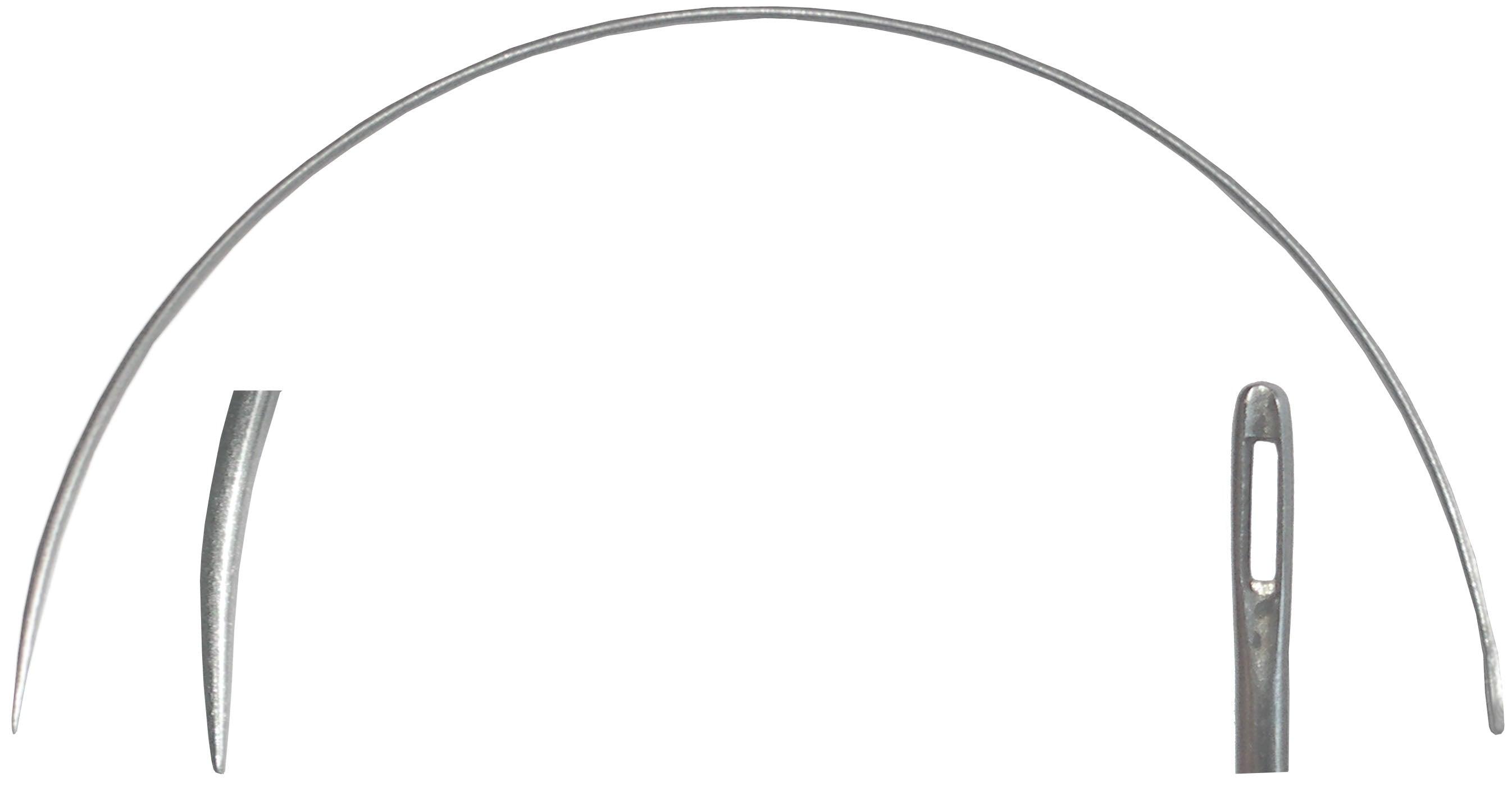
- Price
- $25.00
3-1/2" - 17Ga Curved Round Point Light Needle 12/pk
3-1/2"-17 GA.CD.RD.PT.LT C.S. Osborne Upholstery Tools
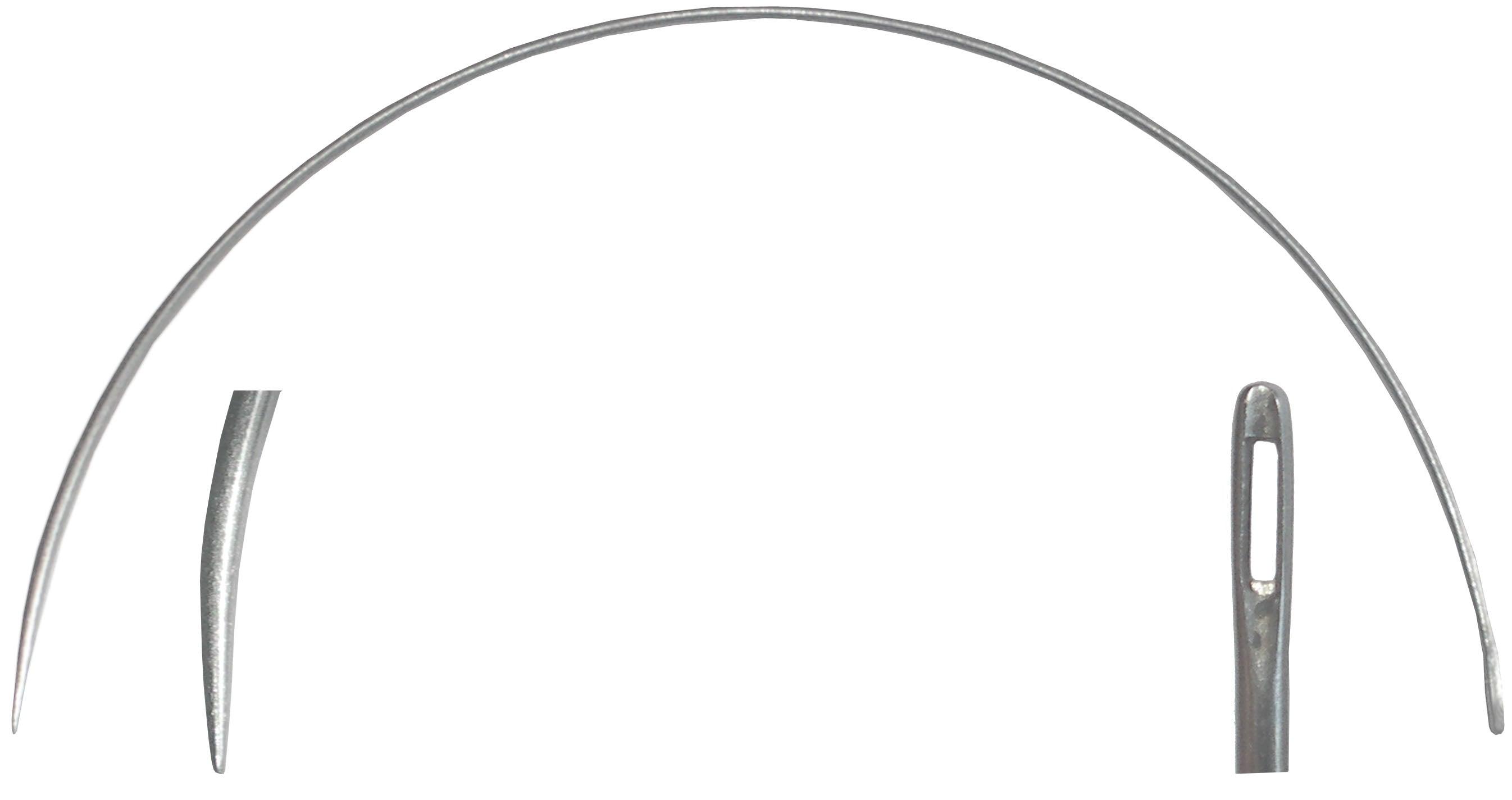
- Price
- $25.00
3" - 18Ga Curved Round Point Light Needles 12/pk
3"-18 GA.CD.RD.PT.LT.ND. C.S. Osborne Upholstery Tools
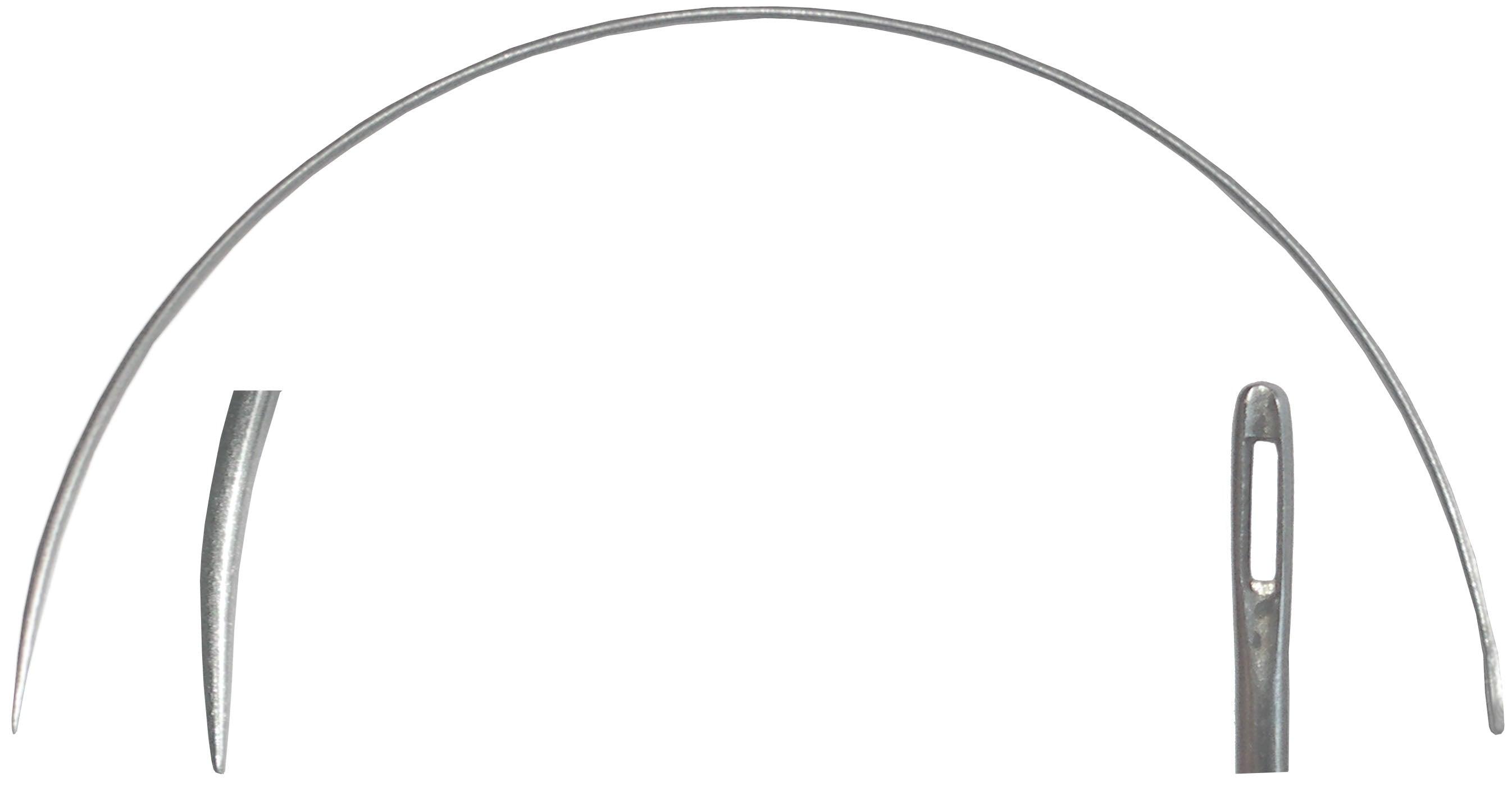
- Price
- $16.24
2-1/2" - 18Ga Curved Round Point Light Needles 12/pk
C.S. Osborne 2-1/2" - 18 Gauge Curved Round Point Light Needles 12/pk #501
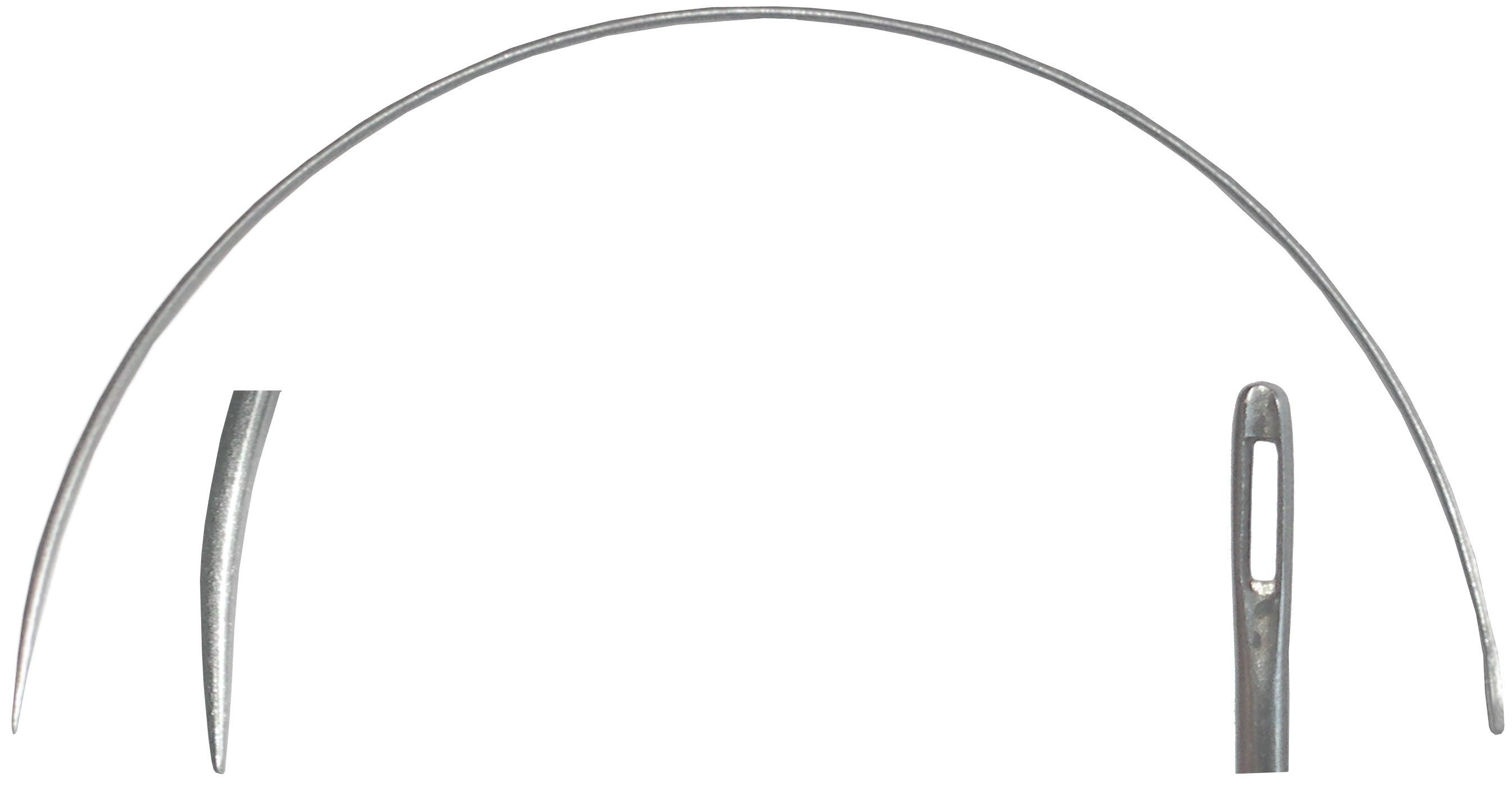
- Price
- $15.86
2" - 19Ga Curved Round Point Light Needles 12/pk
C.S. Osborne 2" - 19 Gauge Curved Round Point Light Needles 12/pk # 501

- Price
- $35.40
C.S. Osborne 8"-13 Ga.Cd.Rd.Pt.Hv.Nd.
8"-13 GA.CD.RD.PT.HV.ND. C.S. Osborne Upholstery Tools

- Price
- $33.24
C.S. Osborne 7"-14 Ga.Cd.Rd.Pt.Hv.Nd.
7"-14 GA.CD.RD.PT.HV.ND. C.S. Osborne Upholstery Tools

- Price
- $29.92
C.S. Osborne 6"-14 Ga.Cd.Rd.Pt.Hv.Nd.
6"-14 GA.CD.RD.PT.HV.ND. C.S. Osborne Upholstery Tools

- Price
- $24.32
C.S. Osborne 5"-14 Ga.Cd.Rd.Pt.Hv.Nd.
5"-14 GA.CD.RD.PT.HV.ND. C.S. Osborne Upholstery Tools

- Price
- $19.16
C.S. Osborne 4"-15 Ga.Cd.Rd.Pt.Hv.Nd.
4"-15 GA.CD.RD.PT.HV.ND. C.S. Osborne Upholstery Tools
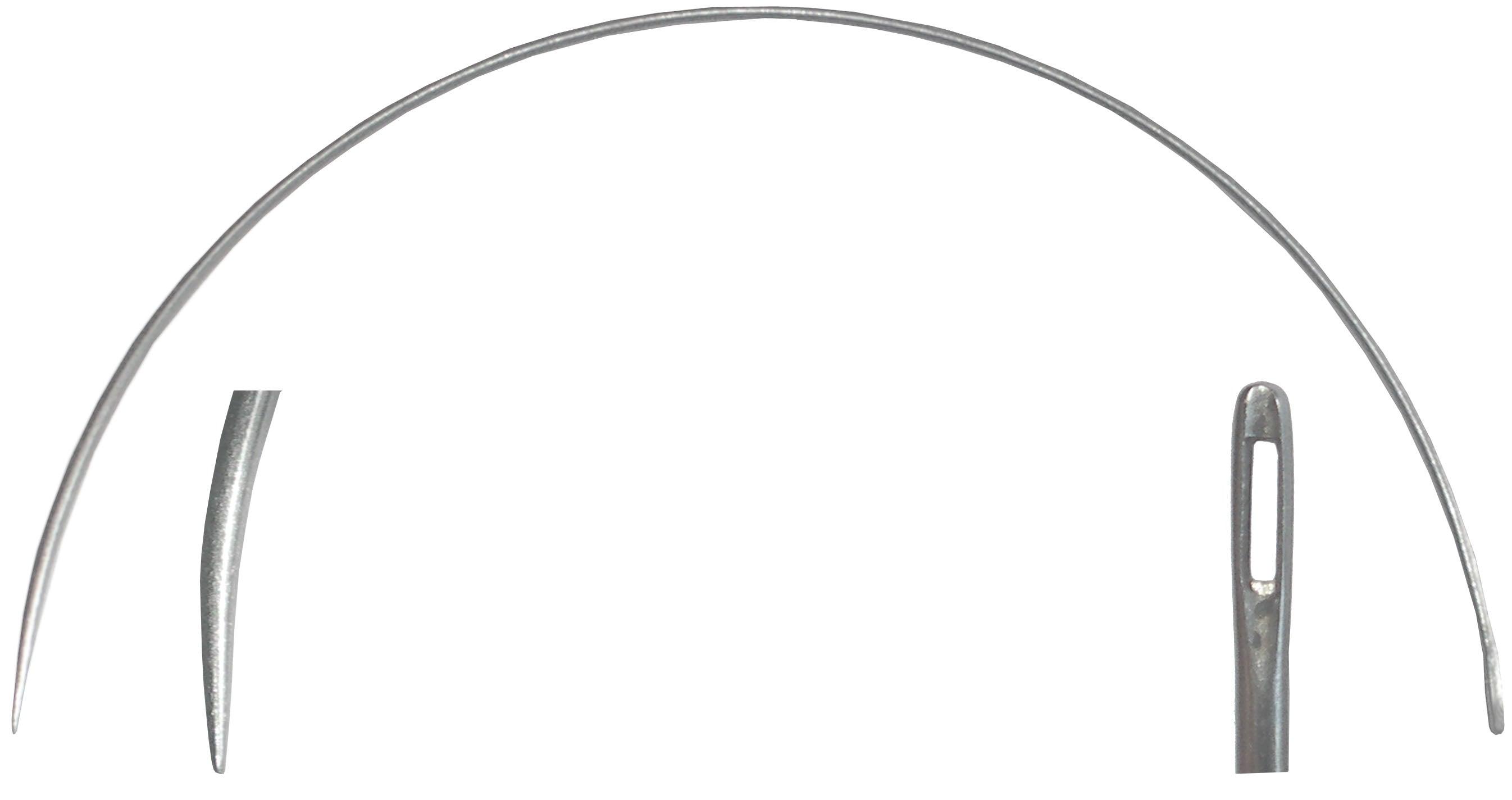
- Price
- $16.44
3" - 16Ga Curved Round Point Heavy Needles 12/pk
3"-16 GA.CD.RD.PT.HV.ND. C.S. Osborne Upholstery Tools
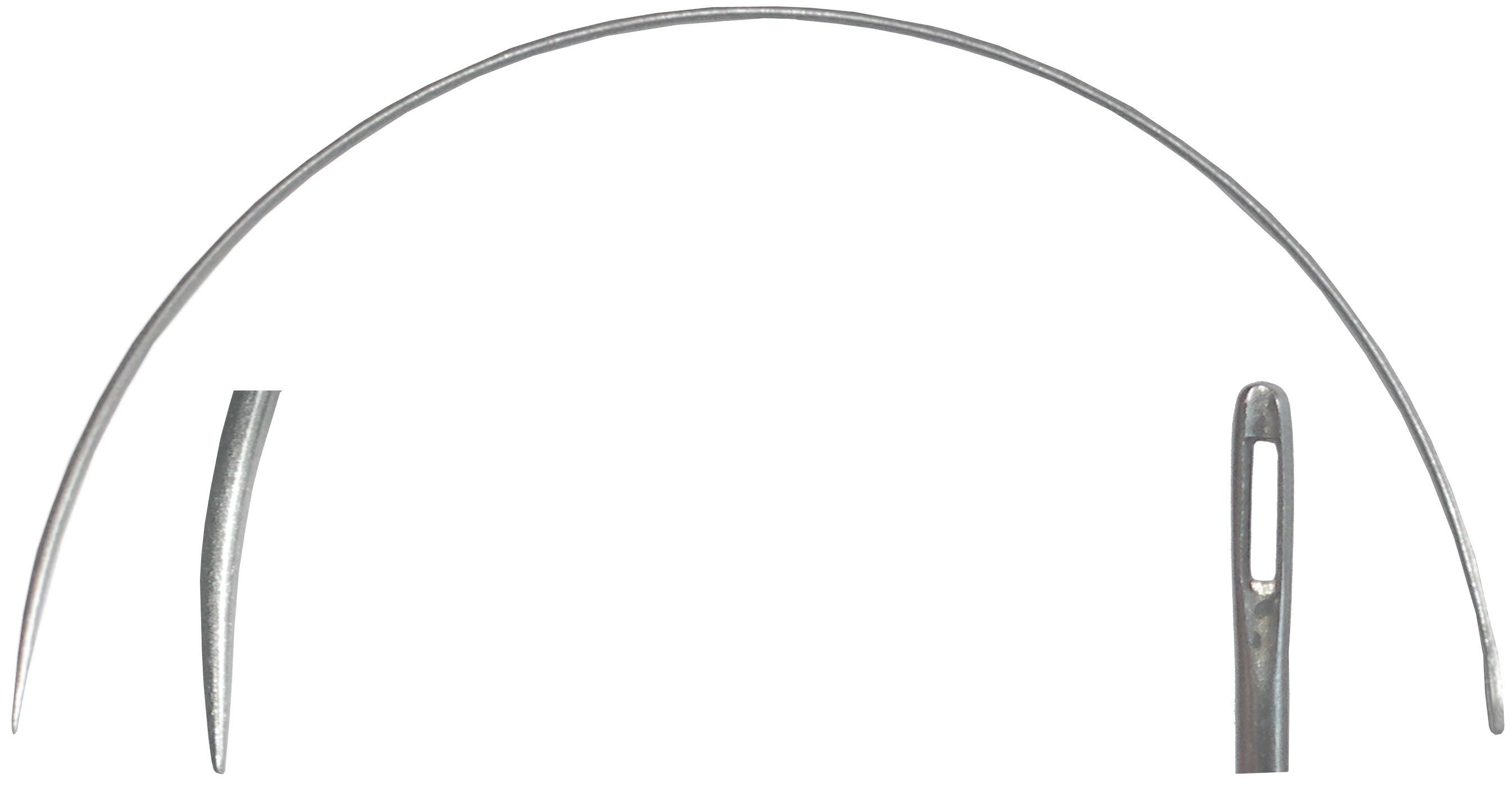
- Price
- $21.00
2" - 17Ga Curved Round Point Heavy Needles 12/pk
C.S. Osborne 2" - 17 Gauge Curved Round Point Heavy Needles 12/pk #501
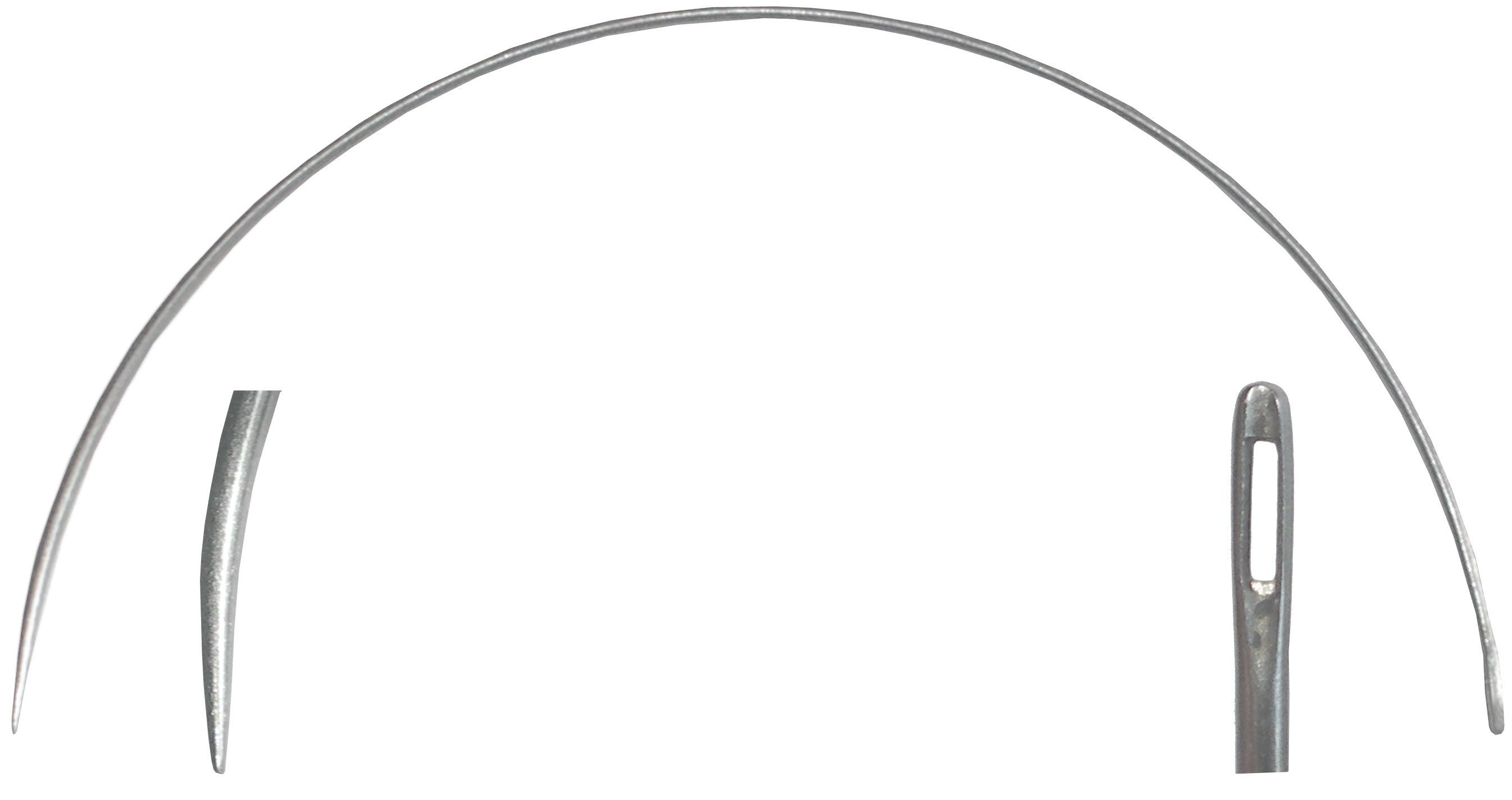
- Price
- $70.00
10" - 13Ga Curved Round Point Heavy Needles 12/pk
C.S. Osborne 10" - 13 Gauge Curved Round Point Heavy Needles 12/pk # 501

- Price
- $70.00
C.S. Osborne Curved Mattress Needle
CURVED MATTRESS NEEDLE C.S. Osborne Upholstery Tools

- Price
- $65.00
C.S. Osborne Curved Mattress Needle
CURVED MATTRESS NEEDLE C.S. Osborne Upholstery Tools
Click here to learn more about Upholstery Needles and Pins
- Choosing a selection results in a full page refresh.
